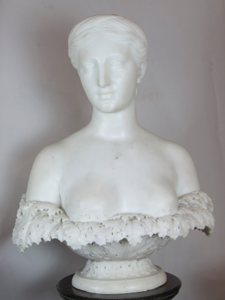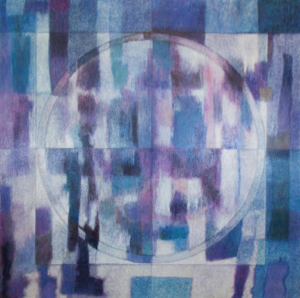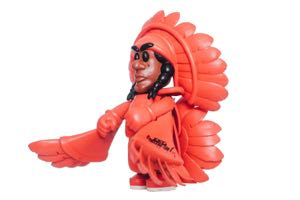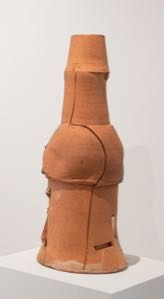FILTER RESULTS
 by Artist
by Artist
 by Object Type
by Object Type
Proserpine
Sculpture
185624.25 x 19 x 10.5 in. (61.595 x 48.26 x 26.67 cm)
Hiram Powers (1805 - 1873) Artist
Object Type:
Sculpture
Medium and Support:
marble
Credit Line:
Gift of the Linton and Surget Families
Accession Number:
1889.8-S
Web Notes
Hiram Powers is one of the best-known American sculptors of the nineteenth century. As described by the Smithsonian’s American Art Museum, his work “blended classical idealism, physical immediacy, and appealing subject matter with moral overtones.”Growing up on a farm in Woodstock, Vermont, Powers enrolled at Cincinnati’s Academy of Fine Arts in 1828 and rose to fame as an artist after modeling a marble portrait of President Andrew Jackson. The sculpture was considered so lifelike, even the President himself said it was a perfect likeness. With this recognition, Powers moved to Florence to further develop his skills as an artist. While there, he invented tools that made the process of stonecutting more efficient and employed a team of carvers to work under him, which allowed him to produce works in great numbers, including the collection's Persephone.
Powers’ studio carved more than three hundred copies of the piece, making it the most replicated sculpture in the 19th century. Tulane holds one of these copies, as do countless art museums around the world.
Persephone, (also known as spelled Proserpine) is a character from Greek mythology, a subject matter Powers became intrigued by during his time in Italy. According to the myth, Persephone was abducted by Hades, God of the Underworld, to be his queen, causing winter to fall on the world. When he was forced to release her, Hades tricked Persephone by giving her pomegranate seeds to eat, which obliged her to spend a third of each year with Hades. Her annual return to the earth was said to be the impetus for spring. Powers originally modeled Persephone over a basket filled with flowers to represent spring, however, this proved too time-consuming to carve, so it was changed to the simple arrangement of ivy leaves, as seen in Tulane’s version.
Additional Images
Click an image to view a larger version
Exhibition List
This object was included in the following exhibitions:
- Empire , 4/13/2018 - 12/22/2018
Dimensions
- overall, not including base Dimensions: 24.25 x 19 x 10.5 in. (615.95 x 482.6 x 266.7 mm)
Portfolio List
Click a portfolio name to view all the objects in that portfolio
This object is a member of the following portfolios:
 by Artist
by Artist





